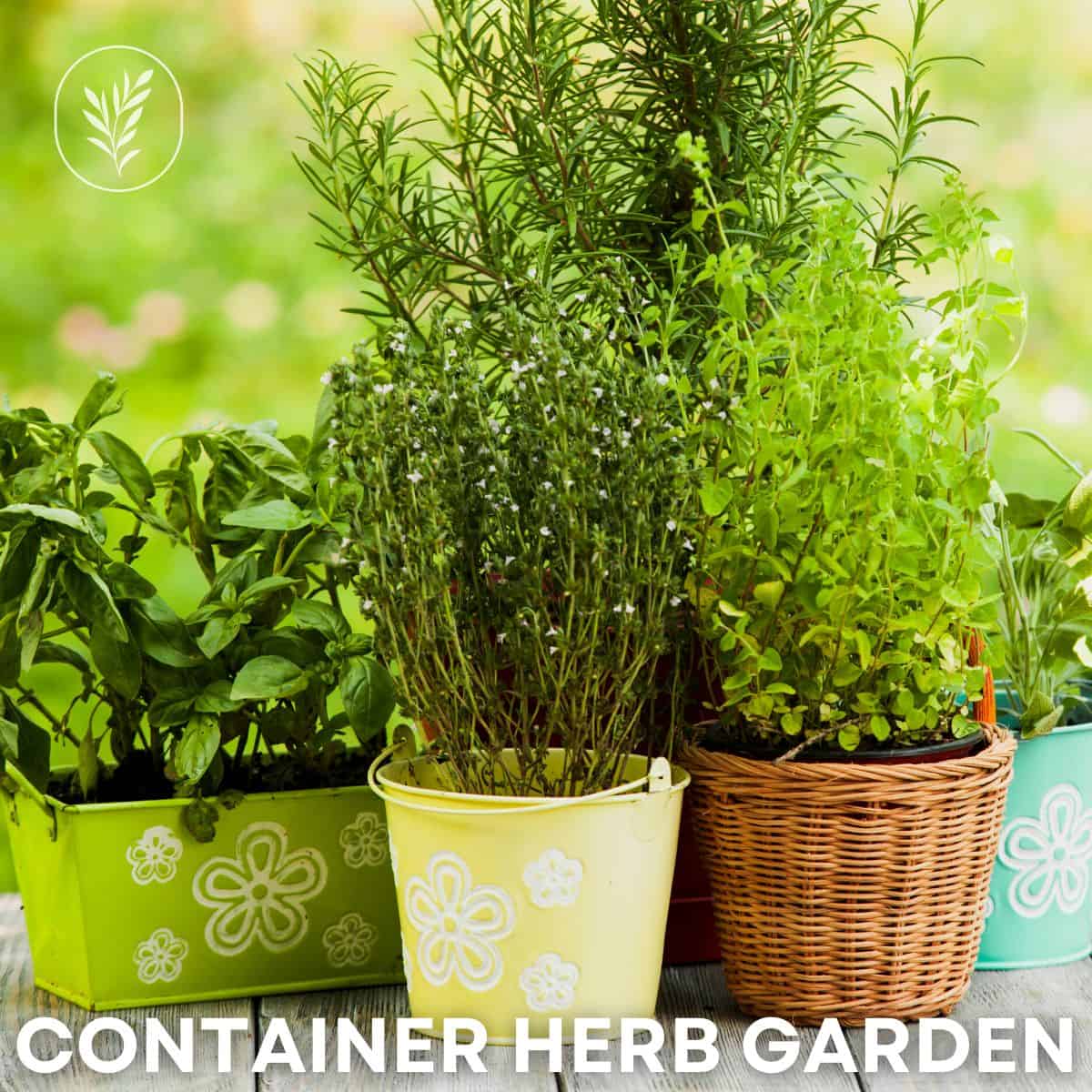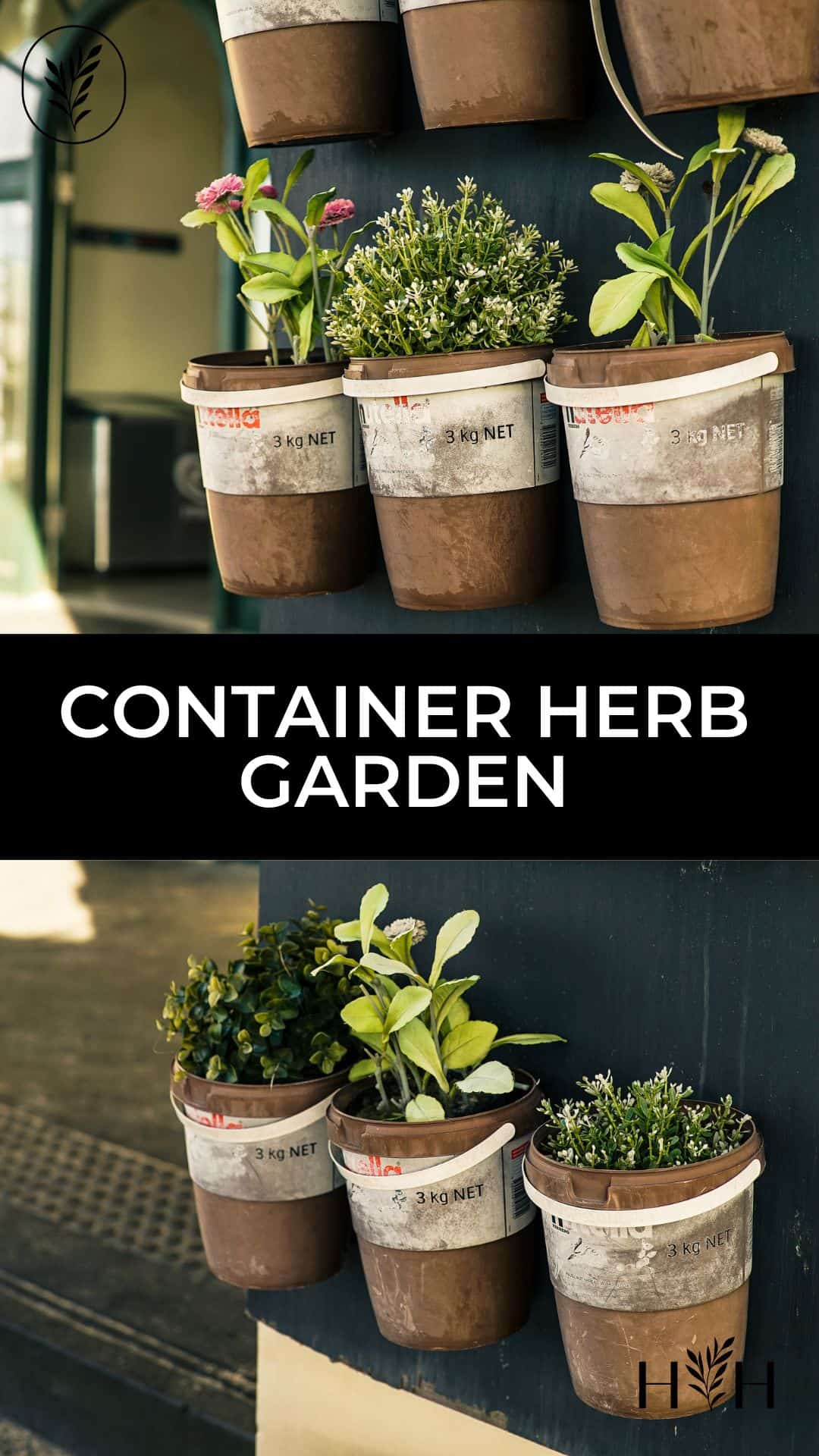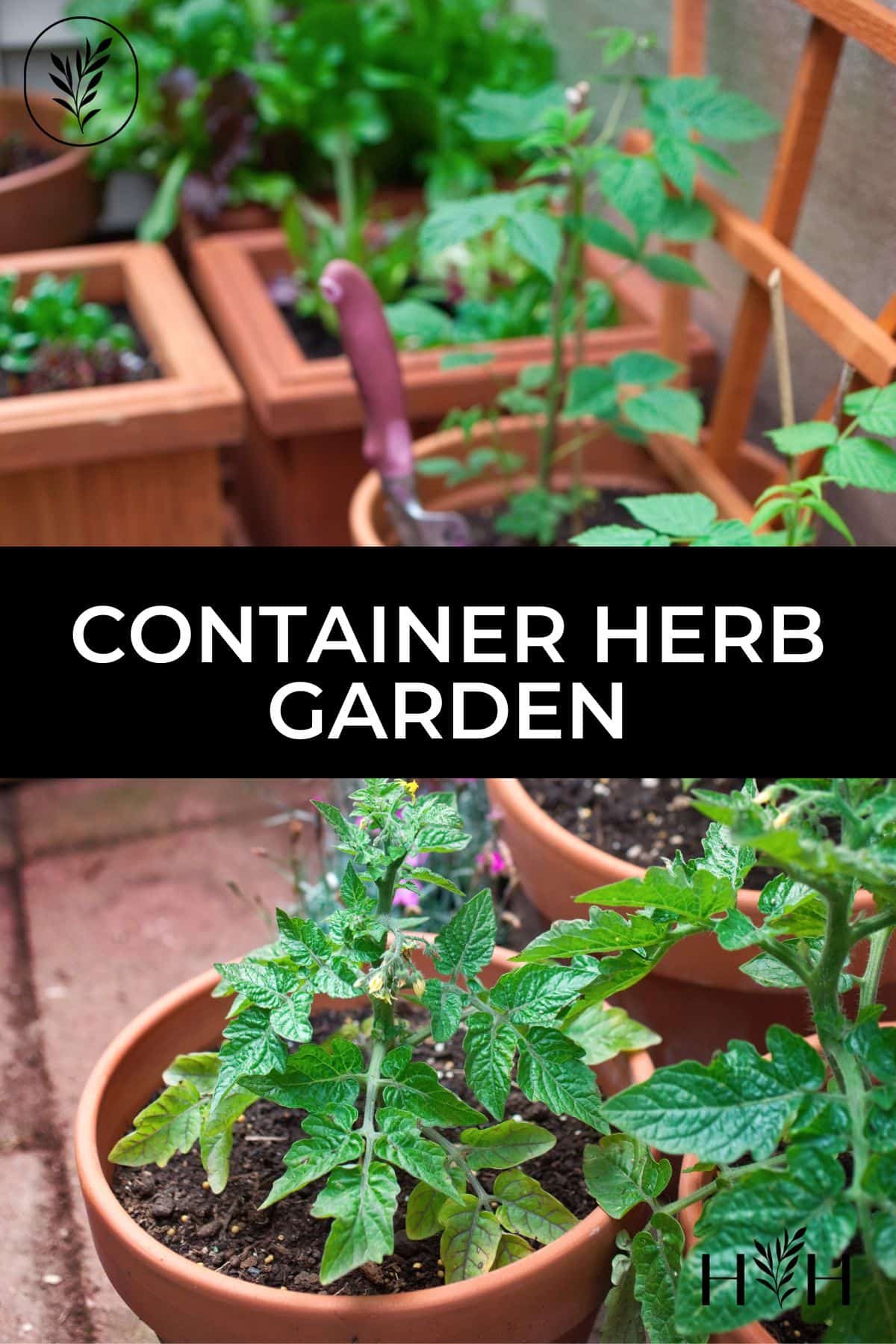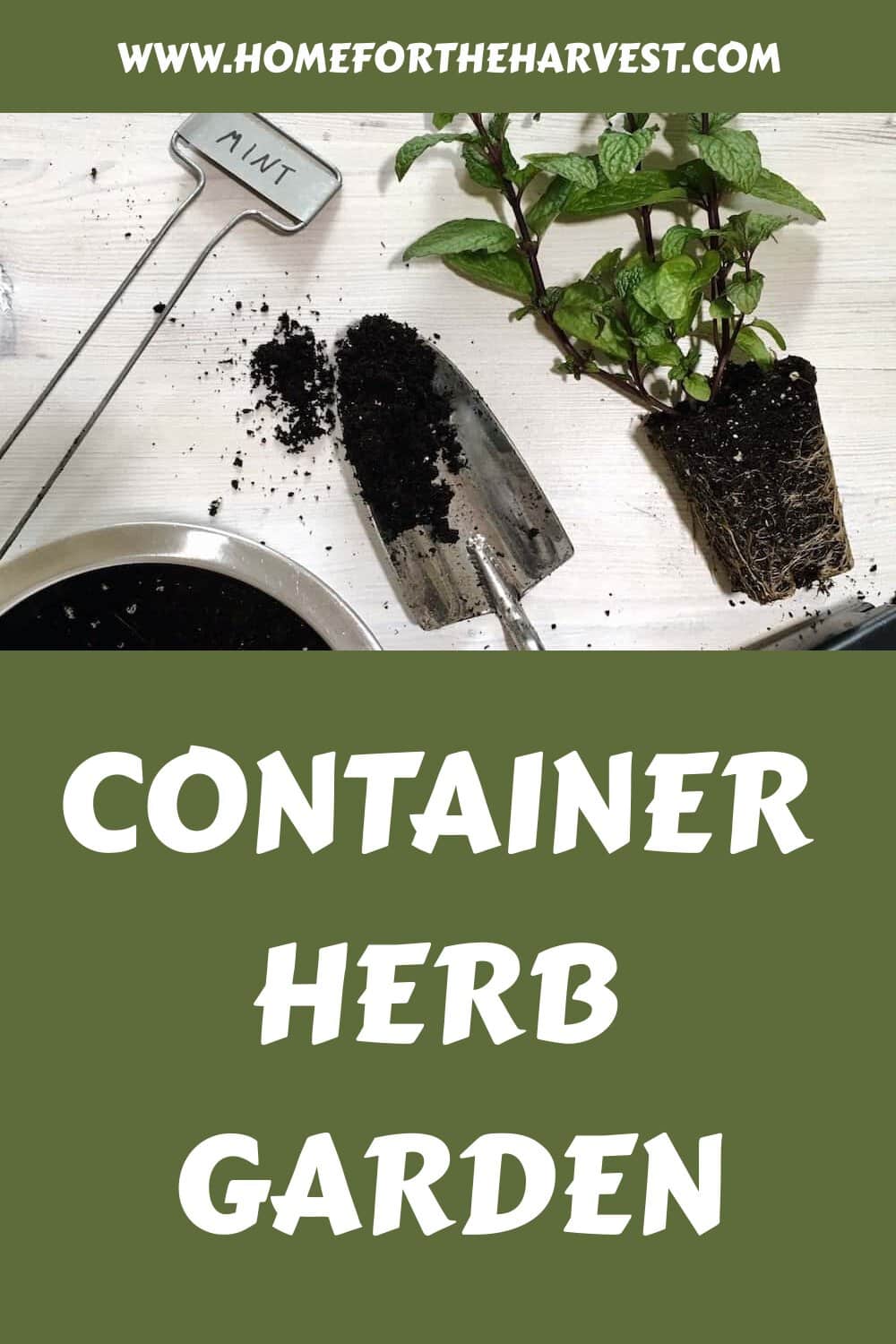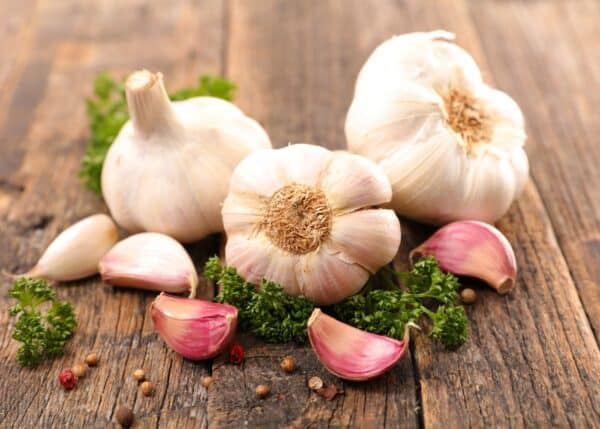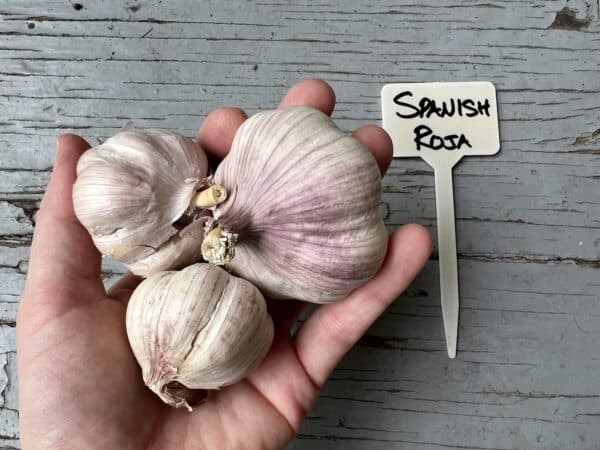An organic container herb garden consists of a planter or group of small planters filled with high-quality organic potting soil and used to grow culinary herbs using natural methods. Growing a successful organic container herb garden involves making sure the plants have adequate sunlight, container drainage holes, and are watered frequently.
Planting a container herb garden
Herbs are the perfect container plants. They don’t mind having small containers, are flexible with water and light requirements, and generally don’t take too much fuss to grow.
Start with choosing a container garden! Use plain terra cotta plant pots or upgrade to a larger planter option. You can grow a couple of herbs on the windowsill or tuck the plants into a larger balcony veggie garden.
Then it’s time to select your herbs! Herbs like basil, parsley, and thyme are classics. Here’s a list of culinary garden herbs to choose from.
Once you pick your favorite herbs to grow, planting the garden quickly comes together. Finding herb plants for your kitchen garden is relatively simple, and maintaining them is much easier than with many vegetable or flower plants. It shouldn’t take more than an hour or two to shop for the supplies and plant your herb garden container.
Disclosure: This post is sponsored by PRO-MIX. PRO-MIX products used in this post were provided by Premier Tech Home & Garden, the makers of PRO-MIX.

The best herbs for your container herb garden
As with choosing crops for a larger garden, be clear about your own gardening goals when choosing herb plants. Consider the herbs you’d like to grow, eat, and have quick/fresh access to rather than simply buying the first herbs you see for sale.
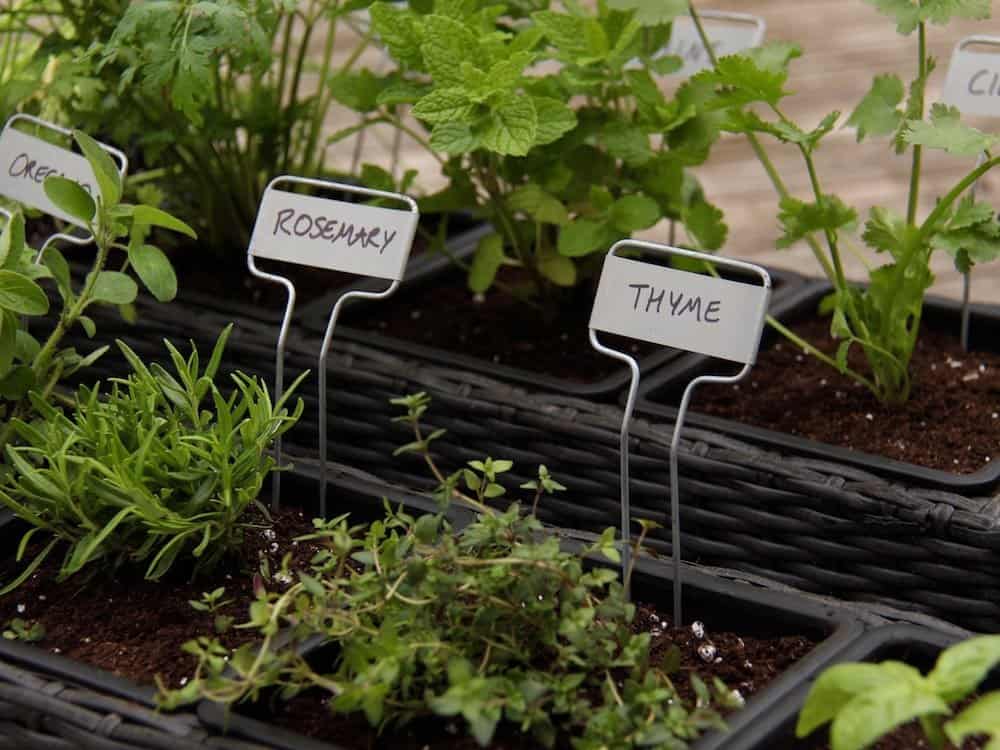
Herb plants for a herb garden container
Here are some herbs that grow very well in containers. The lists below are split up according to how much sun the plants prefer. Have a look at your growing area and see what the sunlight conditions are like.
Herb plants for full sun
These herbs thrive when they get at least 6-8 hours of direct sunlight per day. They’ll also appreciate soil drying out a bit between waterings.
- Rosemary
- Basil
- Oregano
- Sage
- Thyme
- Lavender
Herb plants for partial shade
These herbs thrive between 4 and 6 hours of sun (give or take…). They’ll also appreciate more consistent watering than their full-sun counterparts.
- Mint
- Parsley
- Chives
- Cilantro
- Tarragon
- Lemon Balm
PS: Here is a giant list of herbs that you can grow in the shade
Despite the sun and water guidelines above, growing many herbs under less-than-ideal sun and moisture conditions is possible. I’ve grown thyme and rosemary indoors in the wintertime, where they did not get much light. They persisted through the winter and tasted fine. Don’t let less-than-ideal conditions stop you from planting your own container herb garden!
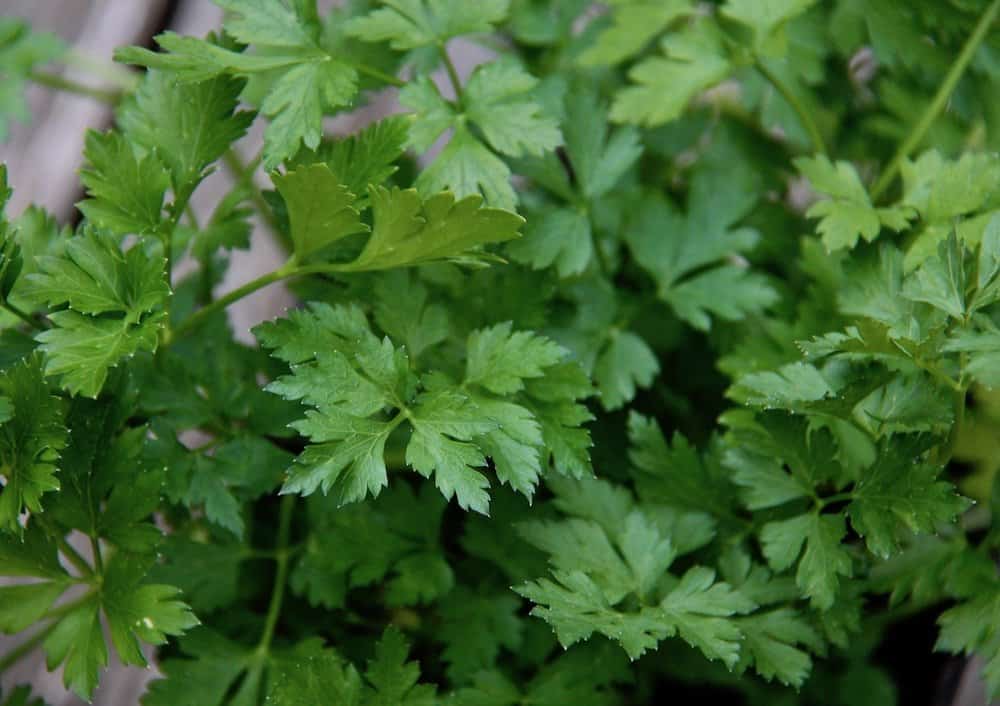
Finding organic herb plants for your herb garden planter
To plant an organic herb container garden, it’s important to take several considerations to avoid chemicals not permitted in organic gardening. The first step is to find plants that have not been treated with chemical fertilizers, pesticides, or fungicides.
Some garden centers offer organically-grown herb plants specifically for home herb gardeners. Ask a knowledgeable staff member where the plants are sourced and how they are grown before buying them.
Another great alternative is to get your plants from a friend who is an organic gardener. Many perennial herbs grow quite large and can be divided into many smaller plants. Ask your gardener friends if they can give you a division of their herb plants or if they know of a local plant sale where local gardeners offer organic plants.
Growing herb plants from seed
If you can’t find organically grown herbs for your garden, it is completely possible to grow your own herbs from seed. Growing herbs from seed is a bit trickier and more time-intensive than buying starter plants, but it’s completely possible.
Many seed companies offer organic seed, either available locally or available to order online. Organic herb seeds are available online and in most garden centers. You can also try your local seed swap! If you do choose to grow your herbs from seed, use these seed-starting instructions to grow your seeds into healthy seedlings.
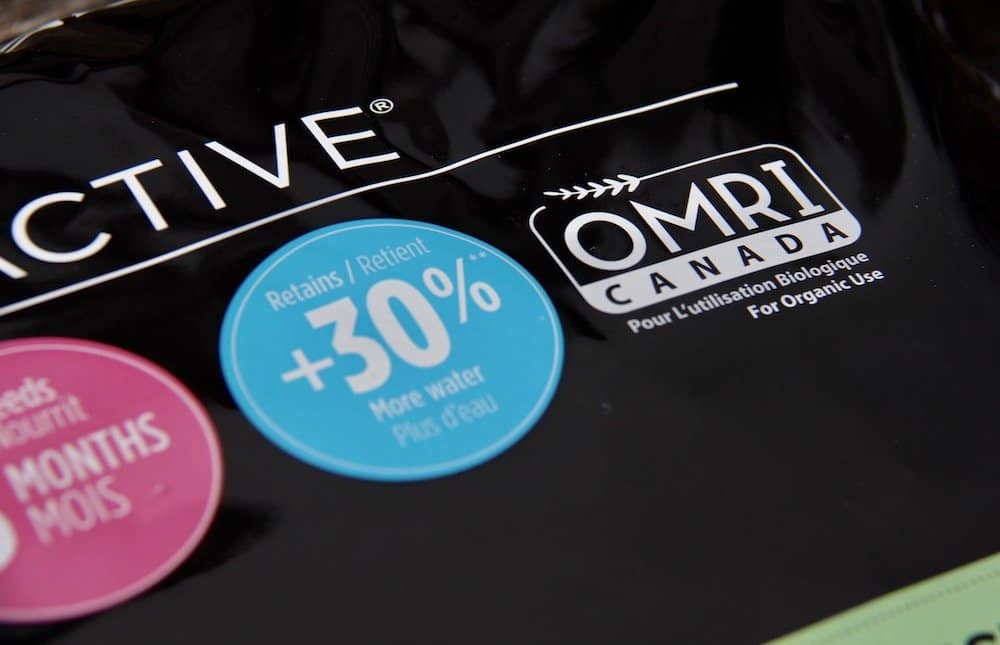
Herb garden soil or organic herbs
Once you’ve found organically grown herbs, the next step is to find organic herb garden soil. Using outdoor soil from your garden is generally discouraged for container gardening. The limited space and lack of connection to an established soil ecosystem make it preferable to choose an herb garden soil mix specifically designed for container gardening rather than outdoor garden soil.
Herb garden soil mixes will drain well, hold nutrients, and provide aeration to plant roots. By using high-quality potting soil, you’ll also avoid bringing in any soil-bourne diseases or other potential accidental garden soil contamination. Beware that many brands of potting soil sold in large and small retailers alike contain chemical fertilizers and other ingredients that are not approved for use in organic gardening. Fortunately, there are easy ways to check and ensure the soil you’re buying is safe for your organic herb garden.
The ingredients are the first thing to check on a bag of potting soil. Never buy potting soil that doesn’t have clearly listed ingredients. Suppose there are no chemical/synthetic fertilizers listed on the package. In that case, another good indication to look for is the OMRI-listed label indicating the product is allowed for organic use (by the Organic Materials Review Institute).
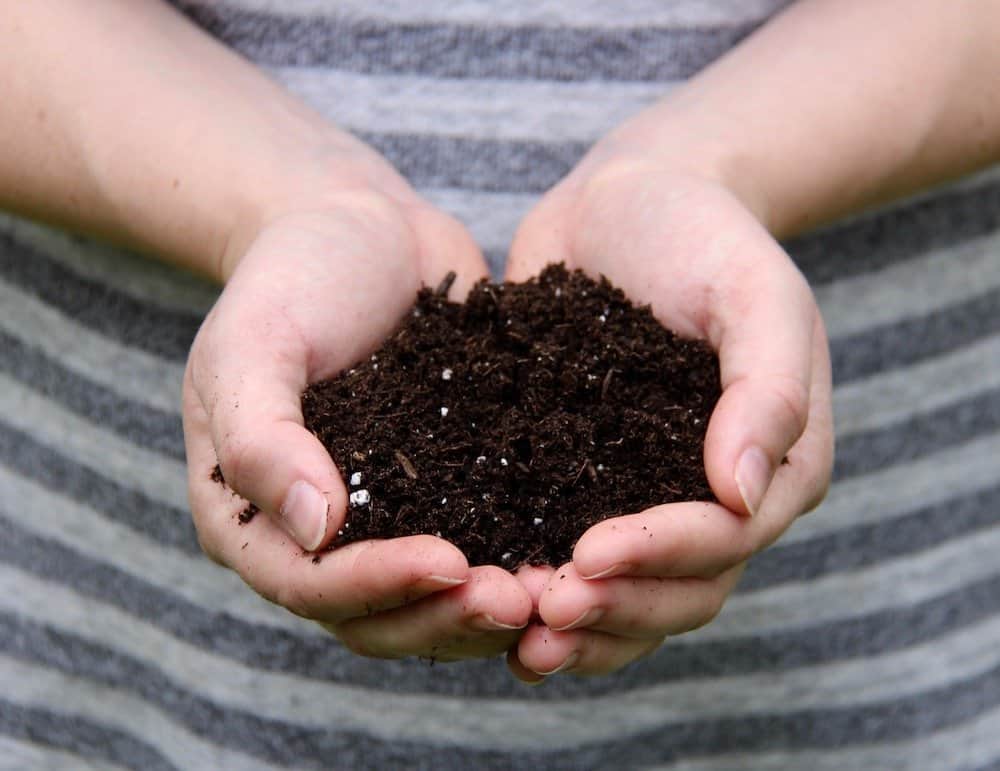
The best herb garden soil mix for organic herb garden containers
For my container herb garden, I used Pro-Mix Premium Organic Moisture Mix. This mix is OMRI-Listed for organic use. It contains Canadian peat moss as the bulk of the mix, coconut coir to help protect against over and under-watering, and perlite for soil aeration.
This mix of main ingredients is well-suited to growing fruits, herbs, and vegetables in containers. It also contains enough organic plant fertilizer to feed the herbs for three months. If the moisture mix is not available in your area, the Vegetable and Herb Mix is another great OMRI-Listed organic option.
I originally started using the Pro-Mix line over other potting mixes because of the OMRI-Listed status and the mycoactive mycorrhizae ingredient in the mix. Organic gardeners love mycorrhizal fungi because they form a symbiotic association with roots grown in the soil. In a mycorrhizal system, the fungus that colonizes the root tissue stimulates increased plant growth due to increased water and nutrient uptake. It’s a very cool relationship…which is also totally organic!
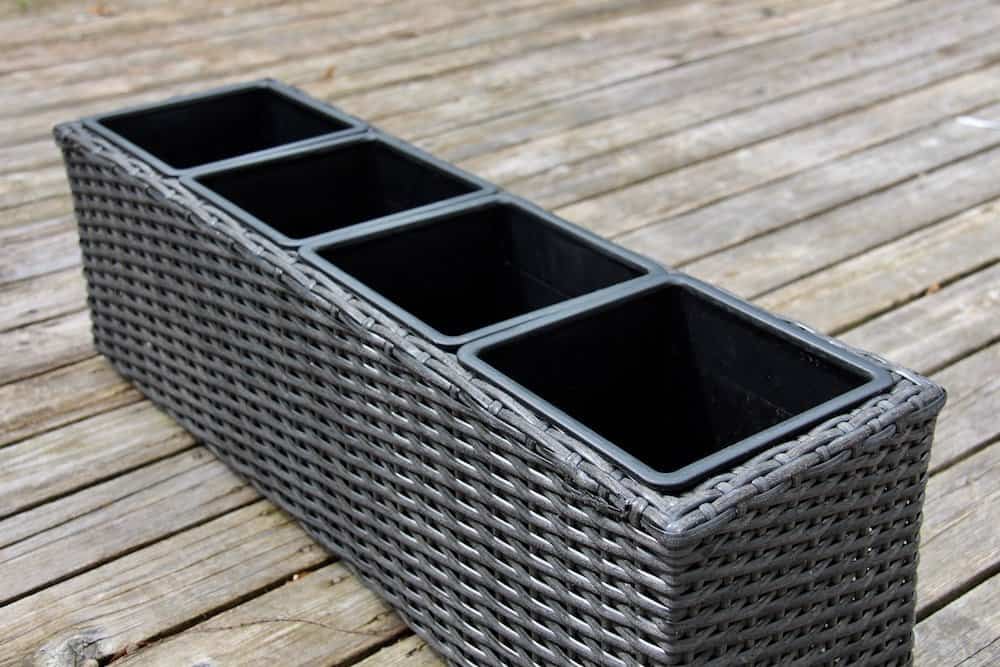
Finding the right herb garden container
Finding the perfect container (or containers) for your herb garden can be a challenge. The herb garden container will indicate whether or not your herbs will be planted all together in one container or split apart into their own mini herb garden planters. Here are some lovely herb planter upgrades to treat your herb plant friends to!
Some gardeners like to group herbs together in a single container to create a living foliage arrangement. Taller herb plants like rosemary and chives are generally placed in the back of the herb garden container (or center of a large container), while progressively smaller herbs are planted out towards the edges. Herbs that have similar water and light preferences are often grouped together in a single container.
Other gardeners like to separate their herbs into different containers. This is especially helpful when growing “aggressive” herbs like oregano and mint, which tend to spread quickly and crowd out their neighbors. Having separate containers is also nice because you can easily replace any herb plants that “don’t make it”, or that you don’t absolutely love. Lastly, applying different amounts of water, sunlight, and plant food to your different herbs is simple when they’re each in a separate herb garden container.
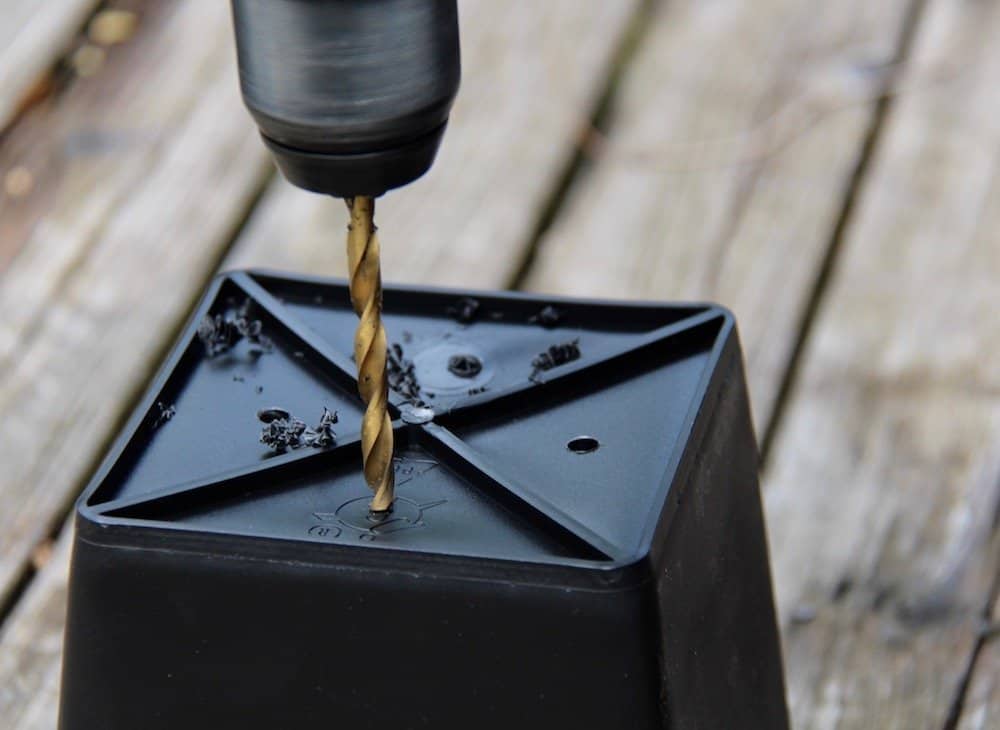
Drainage for your herb container garden
Herb container gardens, like all container gardens, require adequate drainage. This means that the container you’re using should have a hole (or holes should be carefully drilled in it). Not all containers come with holes, so be sure to check before planting. I’ve gotten quite used to drilling holes in containers because they often do not come with them.
If the drainage hole in your container is large, cover it from the inside with a piece of garden fabric, burlap, or a coffee filter to keep the potting soil from falling out of the bottom. This filter layer will allow water to drain without causing the soil to fall out. I generally prefer to drill a few small holes, not much bigger than a pencil, in new containers. I don’t have to line the bottom with anything this way, as the soil doesn’t really fall through small holes.

Considerations for a large container herb garden
Large containers will get quite heavy when full of soil and plants. Filling up these large containers with high-quality potting soil can also be quite expensive. In this case, some gardeners opt to fill up the bottom portion of the container’s volume with something other than potting soil to make the container cheaper to fill or lighter to move.
If you do take this route, I recommend using perlite to add lightweight volume rather than filling the bottom of the container with cobbles or styrofoam. Perlite is a lightweight, low-density, popped natural mineral that is safe for organic gardening. Wide, low containers can be filled with a bottom layer of perlite, while tall and thin containers can have perlite mixed into the bottom layer of potting soil (to avoid the container becoming top-heavy). Perlite can be found with the potting soil in your local garden center.
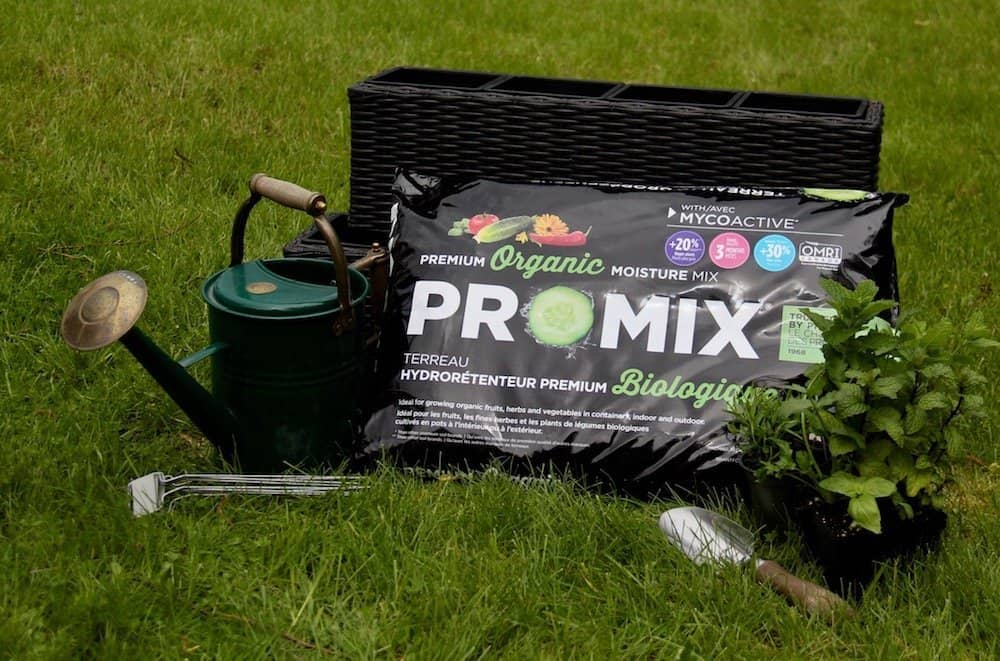
How to plant a container herb garden
Planting an herb garden in a container (or containers) is simple if you get the right supplies and follow the planting instructions. Here are the basic supplies you’ll need and the steps to follow to plant your own container herb garden:
Supplies you’ll need for a container herb garden
- Container with drainage hole
- Organic herb plants
- High-quality organic potting soil
- Trowel
- Filtered water or rainwater
- Plant labels (optional)
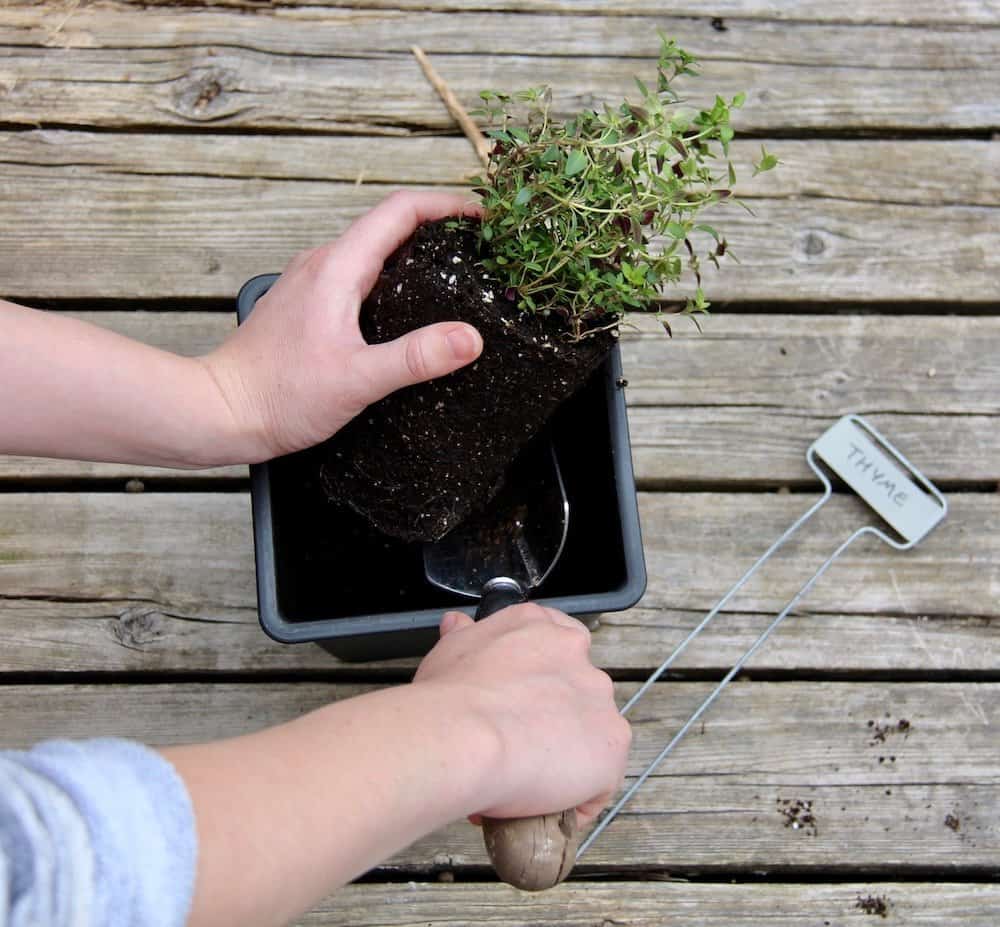
Steps: Planting a herb container garden
- Inspect each herb before planting. Remove any dead leaves or other debris from around the base of the plant.
- Arrange the herbs in the configuration where they will be planted. Place them inside or beside the container to get an idea of how the finished arrangement will look.
- Take the first herb out of its container. If there are lots of visible roots on the outside of the soil plug, gently massage a few roots away from the mass to encourage the plant to spread out in the new larger pot.
- Place the herb plant in the bottom of the container to see how well it fits. The top of the soil around the herb should be within 1 inch or 2-3 cm of the top of the container. This distance will maximize the plant’s soil amount while allowing it to be watered easily.
- If the herb is sitting too low, add some potting soil to the bottom of the container before planting the herb. Lightly compress the potting mix before placing the herb on top of it. If the herb is sitting too high in the empty container, the container may be too small. If you plan to use it anyway, gently massage some of the soil out of the bottom of the plant’s root system so the herb fits with enough room in the water. Herbs may not thrive in containers that are too small.
- Fill the area around the herb with potting soil, lightly compressing it with each trowel full of soil mix. Add potting mix around the herb until the plant is steady in the container herb garden.
- Plant the rest of the herbs in the container, one by one.
- Fill the remaining space with potting mix, compressing it lightly. Level off the top of the soil so the mix is within 1 inch or 2-3 cm of the top rim of the container.
- Water the container herb garden thoroughly.
- Place your herb garden container where it will get the correct amount of sunlight for your chosen herbs.
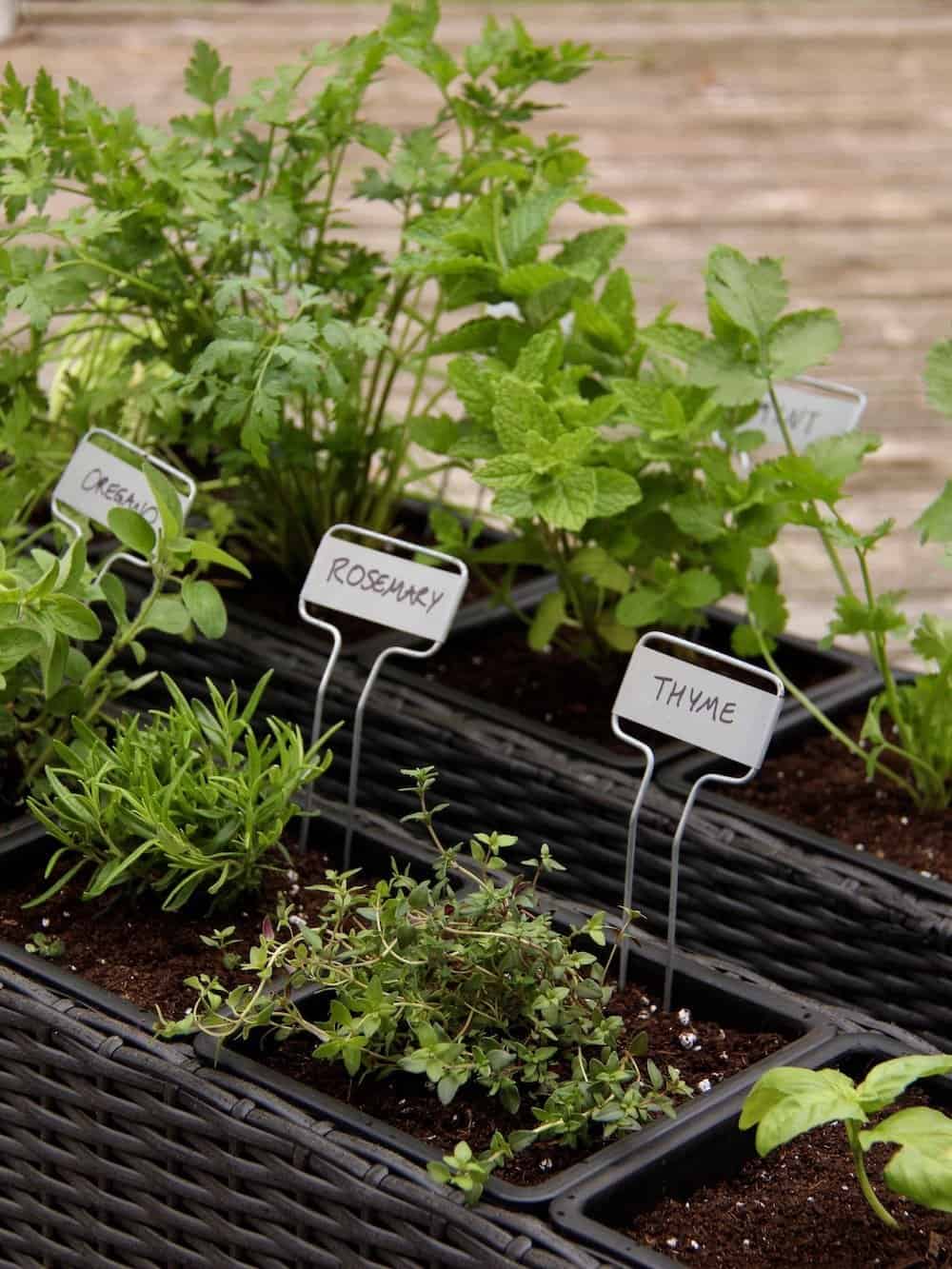
Caring for an herb garden container organically
Follow general gardening basics when caring for your herb garden planter. This includes observing the plants and the soil’s moisture level on a regular basis and responding with deep watering and natural organic fertilizer when required. Be sure to follow organic gardening guidelines to keep synthetic chemicals out of your herb garden container.



